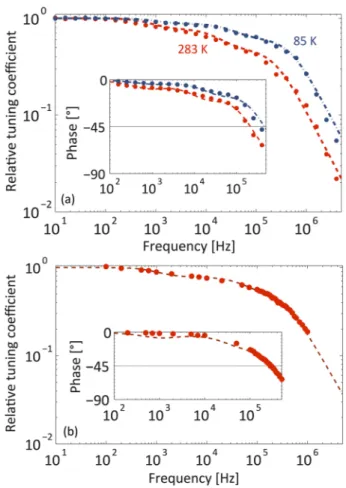Wavelength tuning and thermal dynamics of continuous-wave mid-IR distributed feedback quantum cascade laser [ Lionel Tombez Francesco Cappelli Stephane Schilt Gianni Di Domenico Saverio Bartalini Daniel Hofstetter ]
Texte intégral
Figure



Documents relatifs
To this aim, I have generated a mouse line named mTOR MKOKI which is defective in endogenous muscle mTOR (mTOR MKO), while expressing a FLAG-tagged muscle-specific
Archives of Gynecology and Obstetrics will continue to accept hard copy manuscript submissions until 31 May 2006, and these should be addressed to the Coordinating Editor.. After 1
Dans ce chapitre, nous nous intéresserons essentiellement à la description des comportements de phases des systèmes binaires sous basse et haute pression; cela nous
L’archive ouverte pluridisciplinaire HAL, est destinée au dépôt et à la diffusion de documents scientifiques de niveau recherche, publiés ou non, émanant des
In this paper two models of phonon scattering at solid-solid interfaces have been used to calculate the cross-plane thermal conductivity of active region of quantum cascade laser.
We report on the operation of a 50 mW continuous wave quantum cascade laser (QCL) in the 9.2 µm range, phase locked to a single mode CO 2 laser with a tunable frequency offset..
1(c) saturates the QCL gain, and indicates any non-synchronized field component in fig.. However, at other times between the round trip pulses such as 341.5ps, which
The root mean square (RMS) and peak-to-peak (p-p) amplitude of the fields from 500ps to 640ps are plotted in fig. 4b as a function of the antenna voltage. The kink in fig.